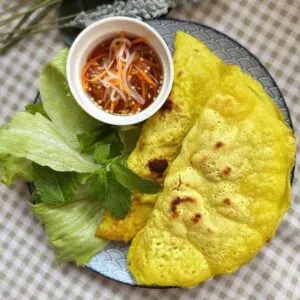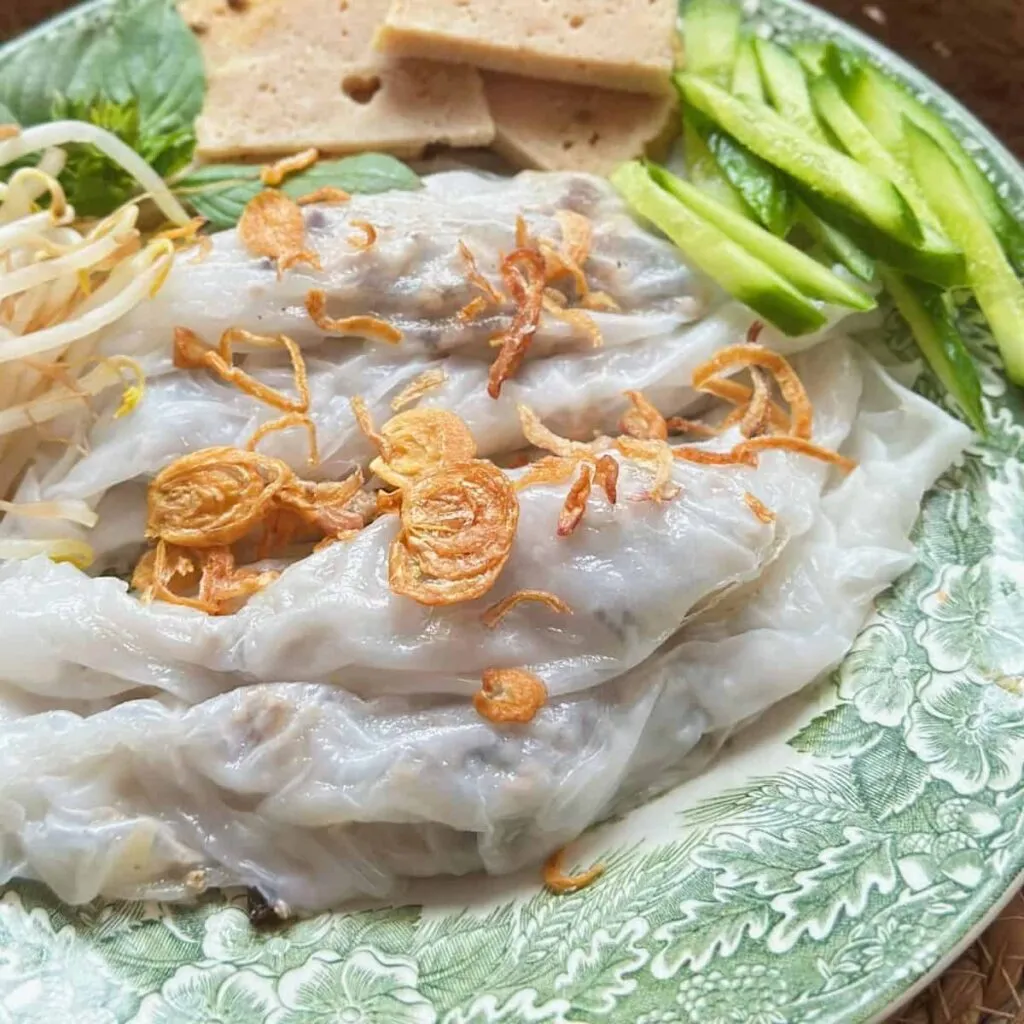Phở isn’t just a noodle soup — it’s a taste of home, pride, and a dash of debate. North or South, each bowl has its own vibe. I grew up with both, and I’ll help you spot the difference before your next steaming bowl.
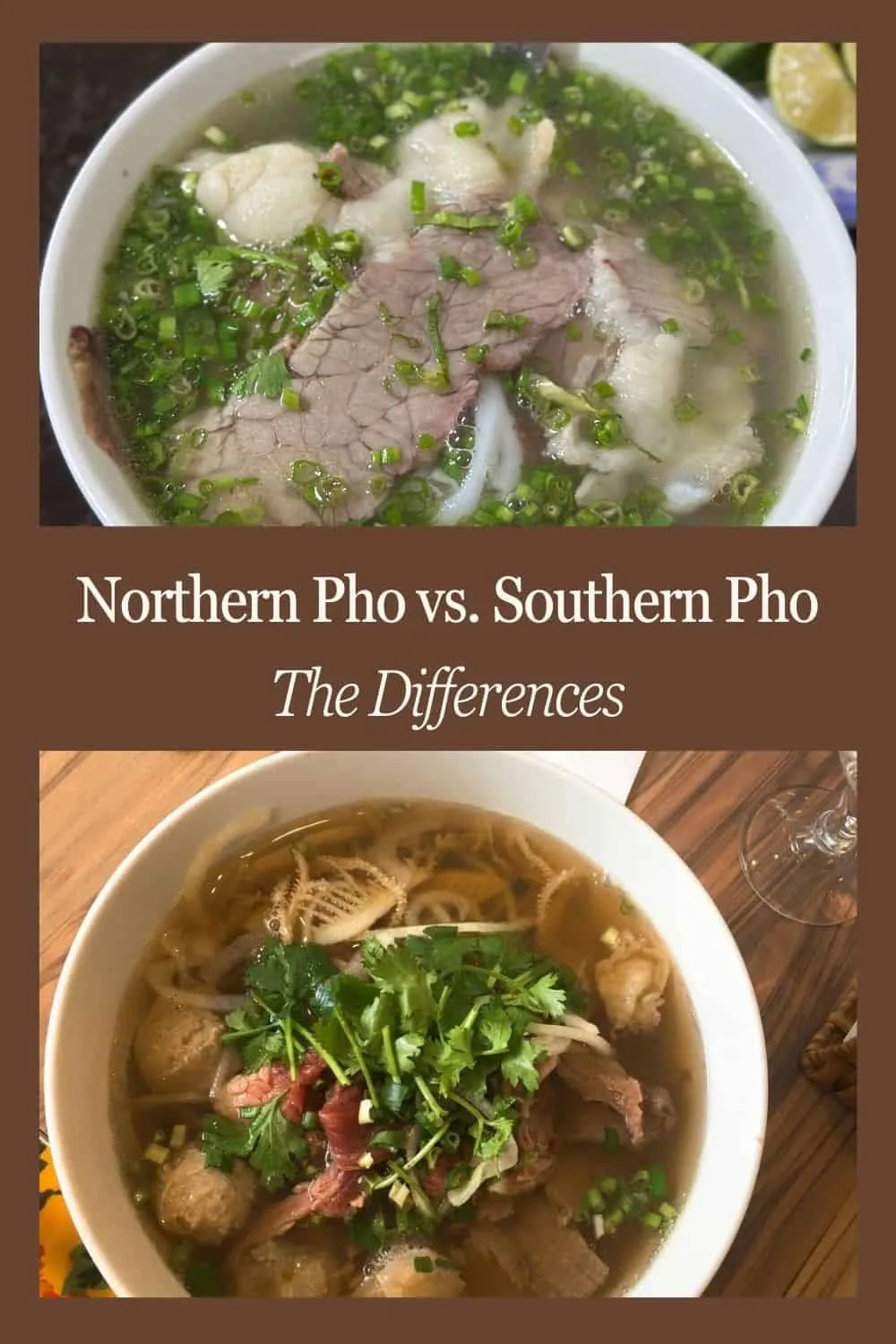
What’s Inside
A Glimpse of Phở in Both North and South
Phở in Vietnam comes with a side of mystery — and plenty of friendly debate. Most agree it appeared during French colonization in the early 1900s.
Some say it’s a French-Vietnamese fusion, like Bánh Mì or Vietnamese coffee. Others trace it back to noodle soups from Southern China.
In the North, Hà Nội and Nam Định dominate the Phở scene, and locals still argue over which city can claim the true birthplace.
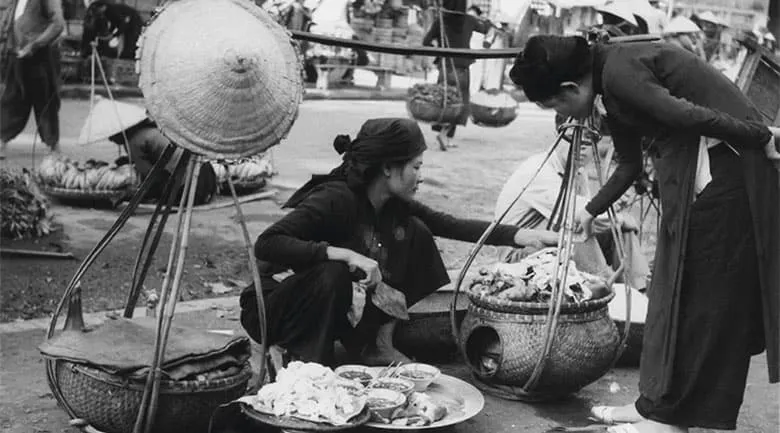
Up North, Phở isn’t just food — it’s almost a culinary religion. Imagine a crisp autumn morning, the scent of star anise in the air, and a steaming bowl of beef or chicken Phở before you.
Chicken Phở thrives in the North, though it never quite made the same splash down South.
For many, “bát phở” immediately evokes the Northern style. Just as Bún Bò Huế screams Central Vietnam and Cơm Tấm belongs to the South, Phở is the North’s proud ambassador.
Some purists even claim Southern Phở isn’t the “real” thing but I’m not here for regional politics.
I grew up in the South but love Northern flavors — a Hanoi-style chicken Phở or a plate of Bún Chả makes me happy. Still, Southern beef Phở will always be my ultimate comfort — the bowl that tastes like home.
Broth
Ask any Phở lover — the soul of Phở lives in the broth. It’s not just soup; it’s hours of patience, layers of flavor, and the heart of the dish. Most use beef or chicken bones, sometimes with a few pork bones for extra umami.
Up North, the broth is all about subtlety: clear, light, and warming without overwhelming your taste buds.
Northern cooks have a secret weapon — sá sùng (dried peanut worms) — adding a deep, ocean-like umami you won’t forget. MSG often helps give that final savory punch.
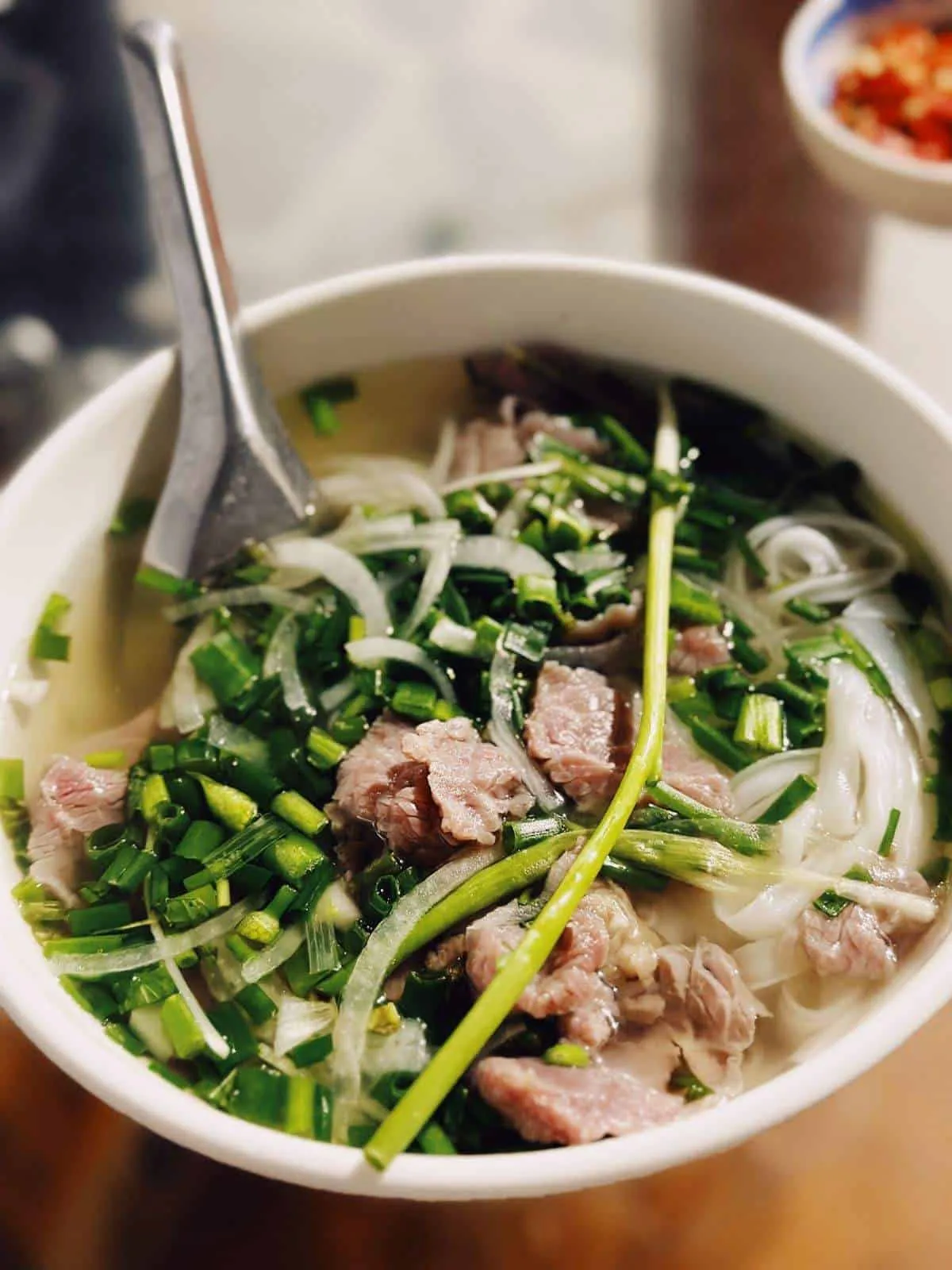
Down South, the broth takes center stage: richer, bolder, and slightly cloudier.
Sweetness shines through, thanks to rock sugar, and charred daikon adds depth with a hint of caramel. It’s the more extroverted sibling of Northern Phở — louder, heartier, and unforgettable.

Spices
If the broth is Phở’s soul, the spices are its perfume — the scent that hits you before the first bite. And like the broth, the spice mix changes from North to South.
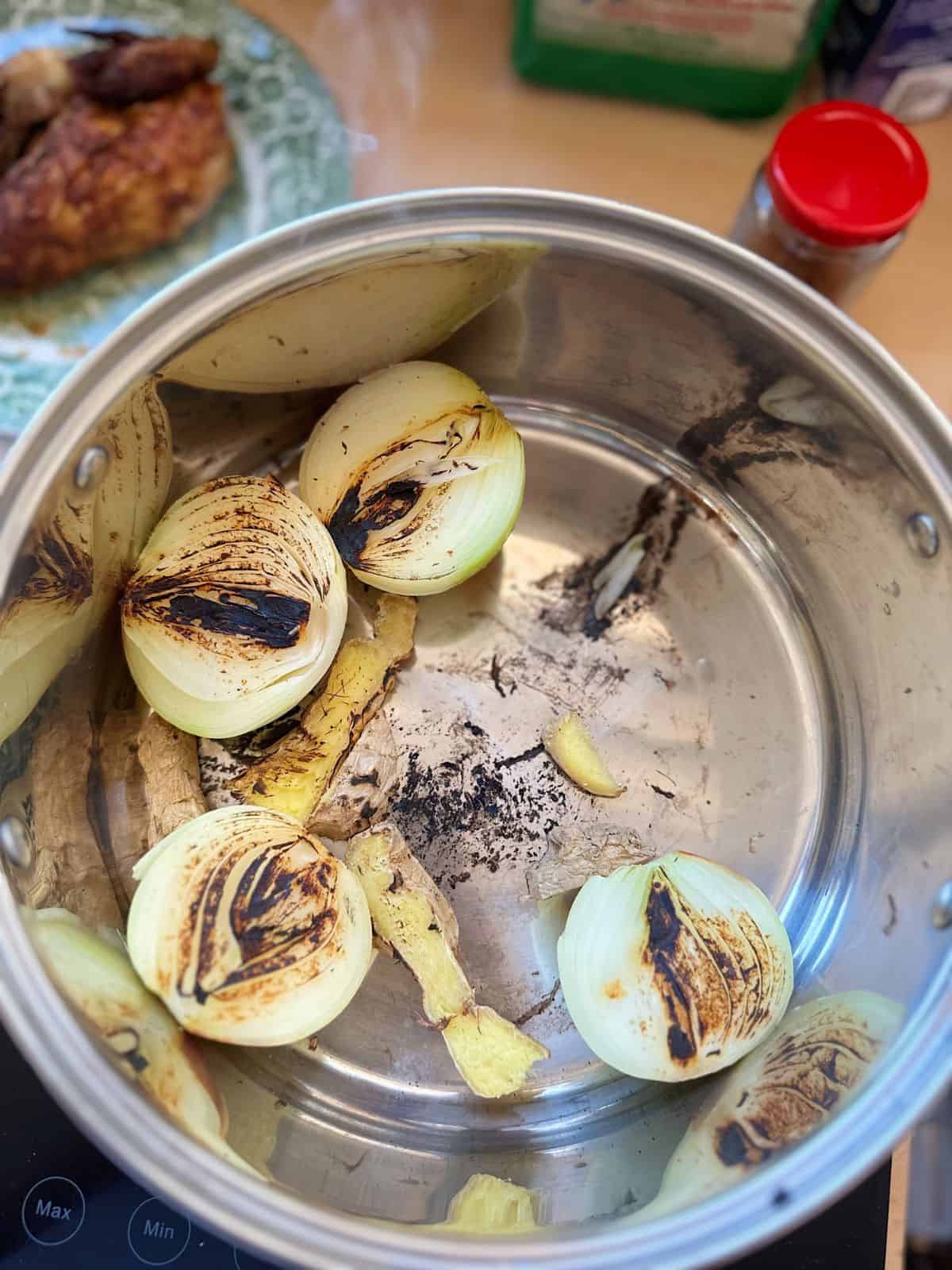

Up North, restraint rules. The aroma is clean and elegant: peppercorns, charred ginger, onion, shallots.
Star anise, cinnamon, black cardamom, and cloves appear, but only in whispers — enough to round out the flavor, never steal the spotlight.
Chicken Phở softens further with coriander seeds, coriander roots, and lime leaves, keeping things gentle.
Down South, the spices speak louder.
Dried tangerine peel adds citrusy brightness, and fennel seeds bring a sweet, almost licorice-like note. It’s warmer, more aromatic — a spice mix that wraps around you and makes you want to linger over the bowl a little longer.
Noodles
Phở isn’t just about the soup — the noodles, or bánh phở, tell their own story too.

Up North, they’re wide and flat, soft enough to soak up the broth but delicate enough to melt on your tongue, matching the elegance of Northern Phở perfectly.
Down South, the noodles are slimmer with more chew, bouncing pleasantly with each bite.
In South Central provinces like my hometown Nha Trang, they go even thinner and springier, almost like hủ tiếu, giving the bowl a whole new texture.
Meats
Let’s start with Beef Phở.
Up North, it’s simple and focused: rare steak (tái), flank (nạm), brisket (chín), fatty brisket (gầu), and shank (bắp). True Hanoians swear by bắp lõi rùa — beef heel muscle — for its perfect balance of tenderness and chew.
And then there’s the famous phở tái lăn from Phở Thìn, where beef gets a quick toss in a hot wok before hitting the broth — that smoky aroma is unforgettable.

Down South, the meat options expand, reflecting Chinese-Vietnamese influences.
Tendon (gân), tripe (lá sách), beef meatballs (bò viên), even oxtail (đuôi bò) all make an appearance, turning each bowl into a customizable feast.
For Chicken Phở, North and South agree: nothing beats gà ta, Vietnam’s free-range chicken, prized for firm, flavorful meat and bouncy skin.
Up North, you might also spot mọc (pork meatballs) adding a little surprise to the broth.
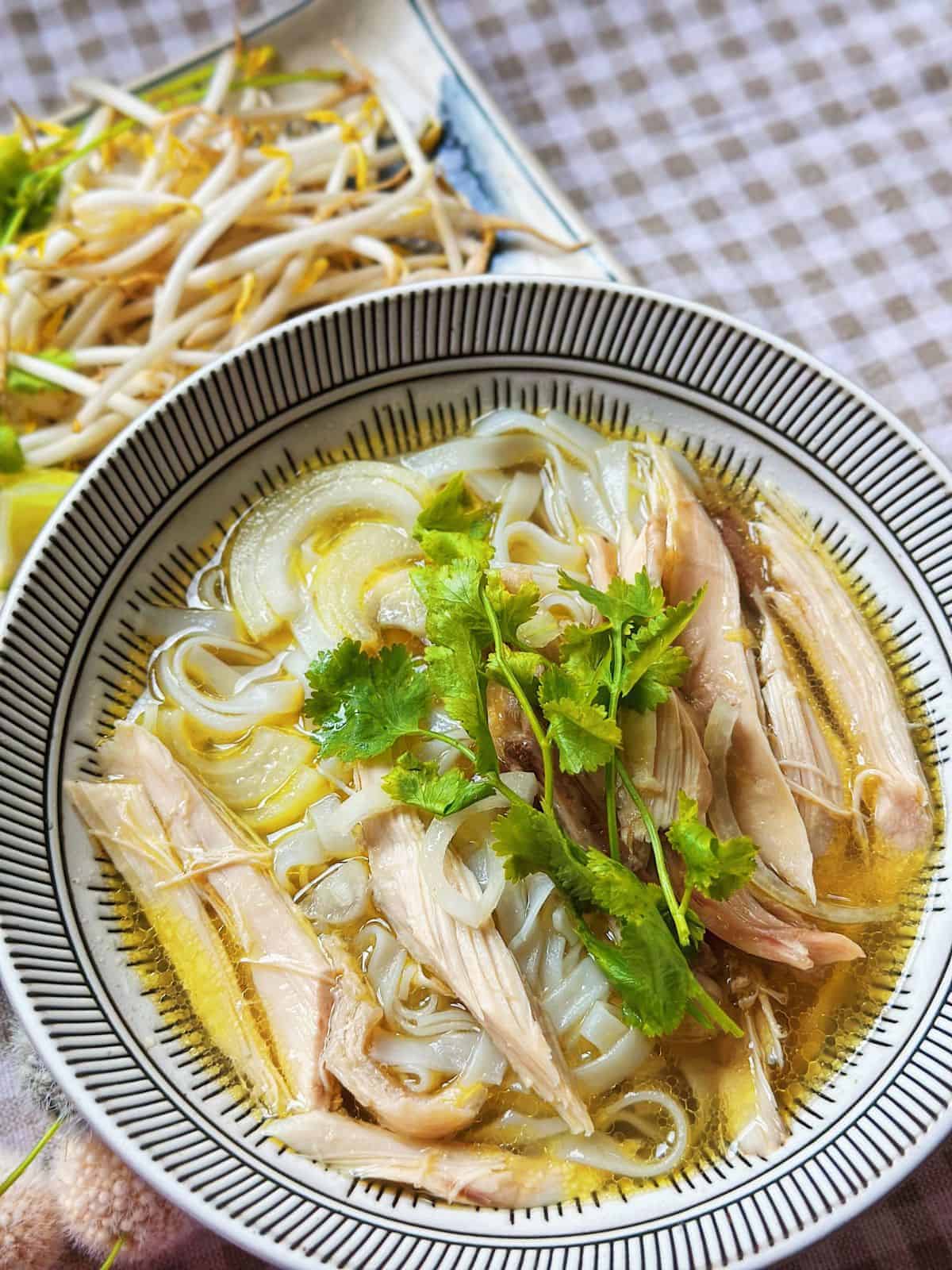
Herbs & Accompaniments
Herbs and garnishes are where Phở gets personality. Up North, it’s simple — just green onions (hành lá) so the broth stays the star.
Down South, the bowl comes with a bouquet: Thai basil (húng quế) for spice, sawtooth herb (ngò gai) for boldness, paddy herb (rau om) for a citrusy lift, and crunchy bean sprouts — a must for Southerners, though Northerners often skip them to preserve the broth’s flavor.
Northerners also have their treats: a perfectly poached egg (trứng chần) or golden, crispy Chinese fried doughnuts (quẩy) for dipping. Tear off a piece, let it soak up the rich broth — pure little joy.


Sauces
Even seasoning Phở shows North–South differences.
Up North, tradition rules. Beef Phở simmers for at least seven hours, and the belief is simple: let the broth shine.
Just a splash of fish sauce and a spoonful of pickled garlic (giấm tỏi) is all it needs. Chicken Phở? A squeeze of lime is enough. Some add a bit of homemade fermented chili sauce, but the broth remains the star.
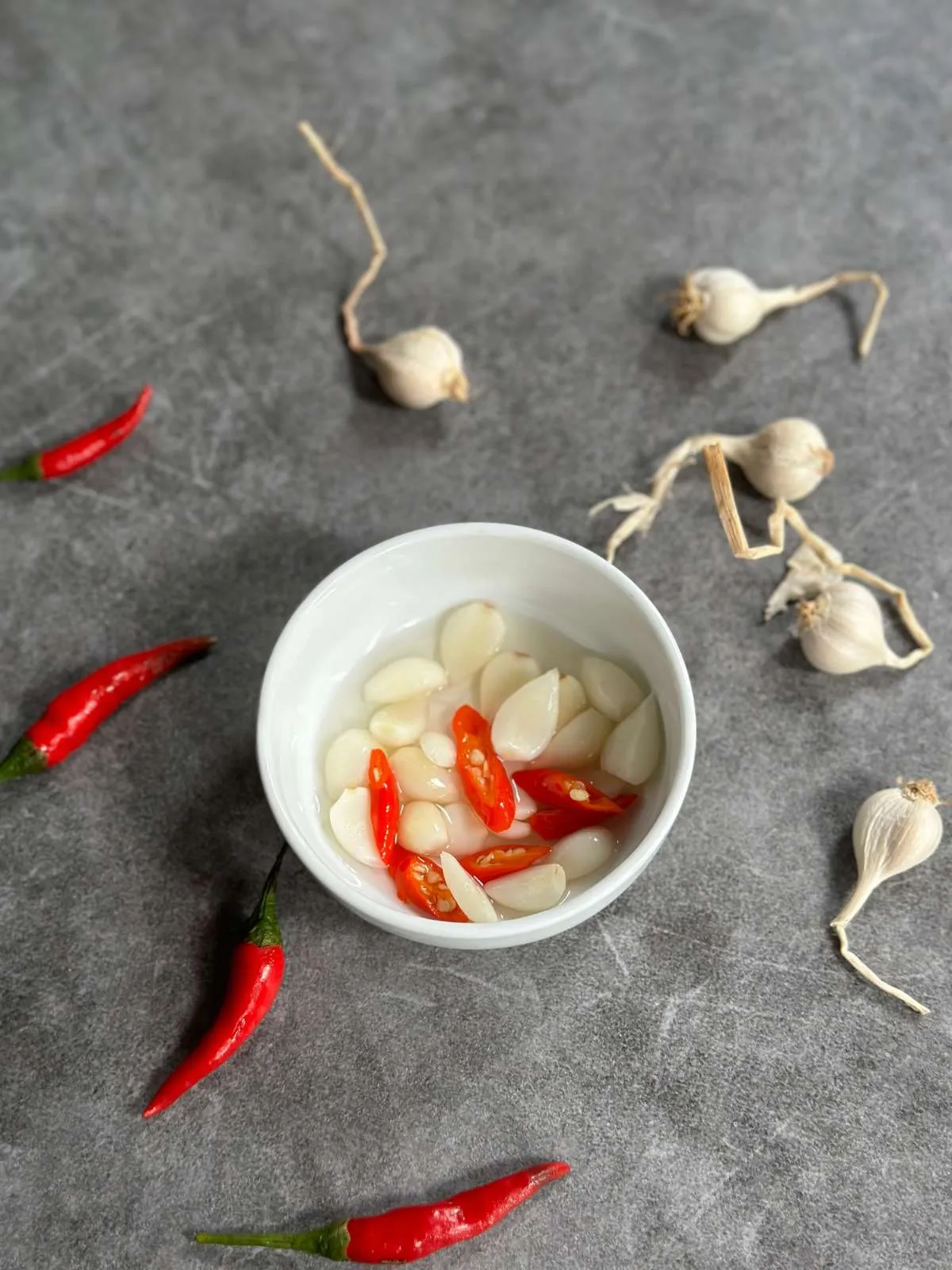
Down South, it’s more colorful and playful.
Tables come loaded with fish sauce, lime, hoisin, chili sauce, and sometimes sa tế (lemongrass chili paste). Southerners love options — to tweak the broth or whip up a dipping sauce for the meat.
I usually season my Phở Northern-style to taste the broth in its purest form, but I can’t resist Southern-style condiments for dipping my favorite cuts.
Outside Vietnam, Phở often leans Southern, with bottles of sriracha, hoisin, and green jalapeños ready at the table.
Variations
While Beef Phở and Chicken Phở are the classics everyone knows, this beloved dish has branched out into many creative versions across Vietnam — some well-known, others quietly enjoyed by locals.
In Hanoi — the capital of Vietnam and, you could say, the capital of Phở — most of these variations stay under the radar, but they’re worth seeking out if you’re on a Hanoi food tour. A few of my favorites include:
Phở Trộn Gà – dry chicken Phở tossed with a light dressing, almost like a noodle salad.
Phở Áp Chảo – pan-fried Phở noodles served with stir-fried beef and veggies.
Phở Bò Sốt Vang – beef Phở paired with a rich, red wine-infused beef stew.
Phở Chiên Phồng – deep-fried Phở squares that puff up into crispy pillows, topped with savory stir-fried beef.
Down South, Phở sometimes takes a playful turn. You might see Phở noodles paired with Vietnamese beef stew, creating Phở Bò Kho — a rich, aromatic bowl that’s as comforting as it is filling.
There’s also Phở Sa Tế — spicy beef satay Phở — which carries a strong Teochew influence and is a must-try for chili lovers.
More Recipes Straight from Vietnamese Kitchens
You can discover a compilation of Vietnamese recipes on my blog and subscribe for new updates.
And don’t forget to stay in touch with me on Instagram, Facebook, Pinterest, and YouTube 🥰.

